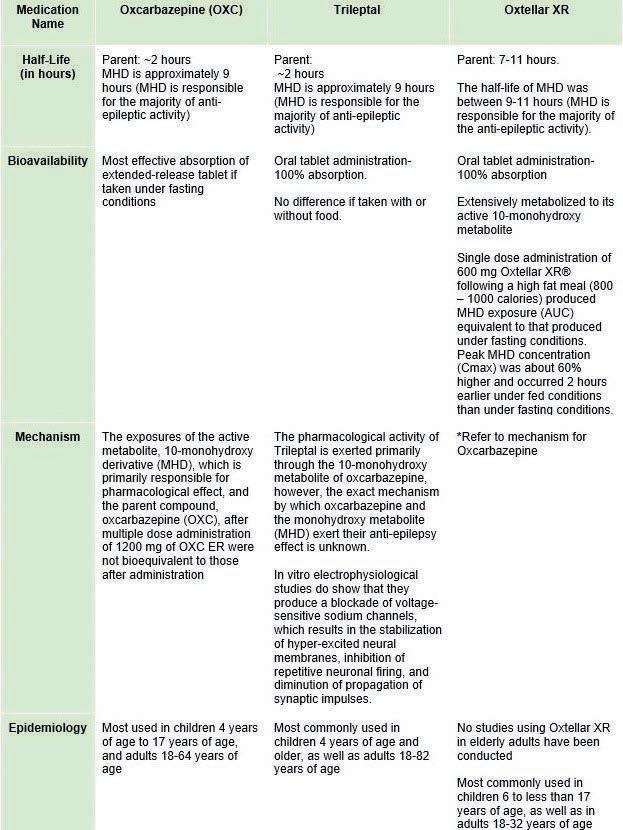Scholarly Research In Progress • Vol. 5, November 2021
Virtual Newborn Nursery Rounds: An Alternative Experience During the COVID-19 Pandemic Tara E. Avery1† and Ashley L. Shamansky1 ¹Geisinger Commonwealth School of Medicine, Scranton, PA 18509 † Doctor of Medicine Program Correspondence: tavery@som.geisinger.edu or teavery@geisinger.edu
Abstract Background: The novel coronavirus (COVID-19) has presented educators with new, unique challenges in delivering education that have underscored the need for innovative ways to prepare learners for the clinical setting without being physically present in the clinic. This virtual workshop was developed to simulate newborn nursery rounds for students removed from the clinical setting at the onset of the COVID-19 pandemic. Methods: Students were each assigned one case to present, with the facilitator guiding the discussion as if on clinical newborn nursery rounds. Student educational outcomes were measured using newborn nursery Entrustable Professional Activities (EPAs) assessment forms on a 5-point Likert scale. Performance on the EPAs was compared between students completing virtual rounds versus those who completed inperson rounds. Results: Of the 7 measured EPAs, only 2 showed a statistically significant differences (EPA 3, p-value 0.01 and EPA 9, p-value 0.003). Conclusion: These results demonstrated that virtual newborn nursery rounds can act as a substitution for clinical newborn nursery rounds with statistically significant differences in only 2 of the 7 measured EPAs. Virtual, simulated rounds are an alternative way to introduce medical students to the newborn nursery and review concepts that will help them to succeed in the clinical setting.
Introduction The novel coronavirus (COVID-19) has presented educators with new, unique challenges in delivering education to medical students. Although lectures during the didactic years of medical school are frequently replaced with podcasts and virtual resources, replacing hands-on clinical experiences poses a significant challenge. Prior research has demonstrated that implementing preclinical pediatric rounds can be successful in delivering educational content and improving students’ clinical skills (1). Clinical rotations are a key component of medical education and are often the first time that medical students interact with patients and are involved in decision-making as part of the health care team. Patient contact, a variety of patient presentations, and being part of a clinical team have been identified as core features of clinical learning (2). In the face of uncertainty and new guidelines for social distancing, it has become imperative to find new ways to prepare learners for the clinical setting without being physically present in the clinic. One of the most valuable skills that students develop during their clinical year is the art of the oral presentation during patient rounds. The oral presentation is crucial as it facilitates
patient care, directs both individual and group learning, and provides an opportunity for students to be evaluated and receive constructive feedback (3). When performed properly, the oral presentation communicates all important aspects of patient care to the rest of the health care team and makes for efficient and effective patient rounds. Developing proficiency in this area is one of the greatest challenges for students, as it requires integration of materials rather than simple rote memorization and regurgitation. Perhaps the most challenging aspect for medical students when giving oral presentations is identifying which data is clinically relevant due to student inexperience (4). The oral presentation can also be a source of anxiety for students. Prior studies have demonstrated that students required to deliver oral presentations had significant anxiety with increased cortisol levels on the day of their presentations compared to before and after giving the presentation (5). The art of the oral presentation is further complicated by the lack of a standardized framework for both teaching and evaluating students and the influence of each attending physician’s subjective preferences on presentation style. Despite this lack of framework, several standards have been identified that are commonly accepted among clerkship directors with the most important elements being a complete and accurate history of the present illness, pertinent physical exam findings, laboratory studies, and a prioritized assessment and plan addressing the problem at hand (3). However, students best learn to give oral presentations through trial and error rather than a standardized framework or specific model, thus underscoring the importance of continued practice (4). In the clinical setting, most of the time on rounds is spent presenting with less time spent on providing constructive feedback due to time constraints, reducing opportunities for medical student education. E-learning, or online learning, has become a popular feature of medical education as it is durable and reusable, allows for standardized content delivery, and permits asynchronous learning with fewer time constraints (6, 7). Furthermore, implementing technology into medical education can be considered a primer for interprofessional cooperation and future telemedicine encounters (8). Prior curricula developed at Vanderbilt University School of Medicine demonstrated that implementing preclinical pediatric rounds was successful in delivering educational content and improving students’ clinical skills such as eliciting a chief complaint, obtaining the history of present illness (HPI), and reviewing past medical history with patients. Additionally, student-reported comfort levels pertaining to interacting with the pediatric patient population increased (1). Another study demonstrated that pediatric interns who underwent simulationbased training in family-centered rounding demonstrated 43












































